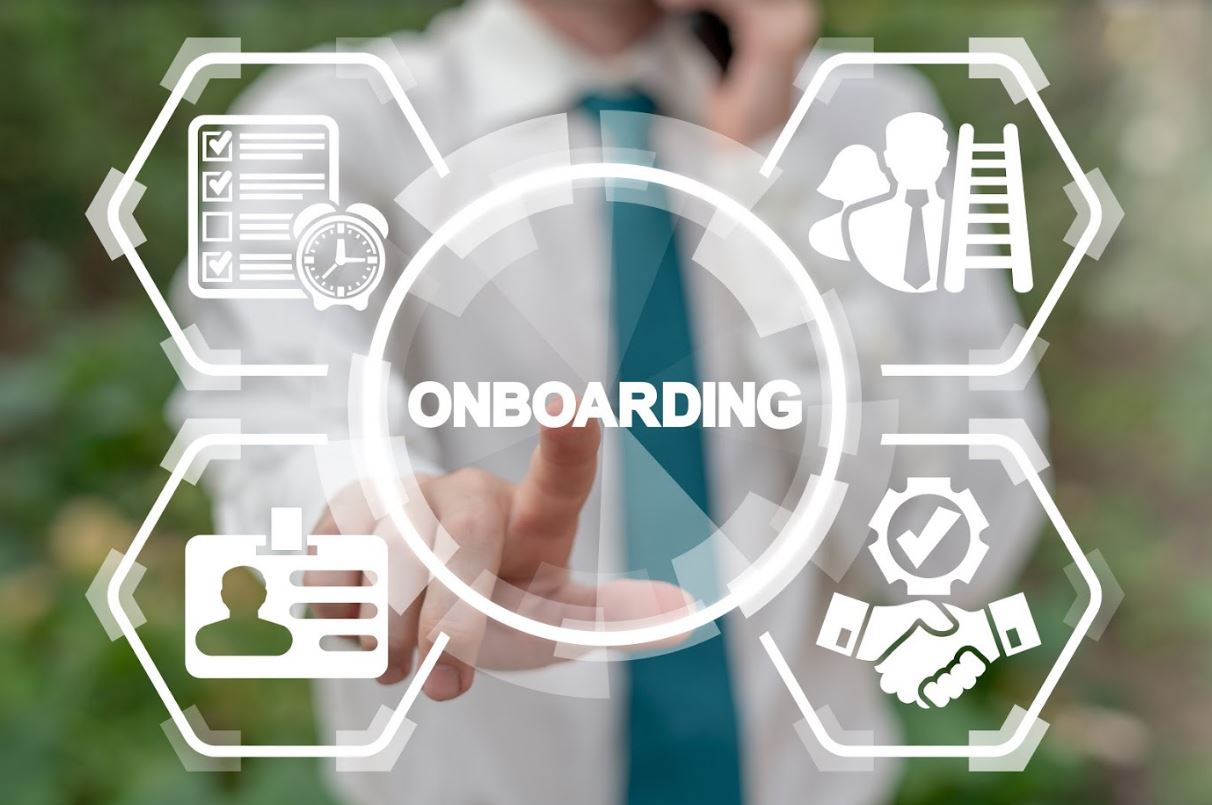Employee onboarding is the process in which a company assimilates its new employees to improve internal relations and productivity. It’s among the most effective ways for enhancing morale, building trust and commitment, and assisting employees in becoming productive early on in their careers within the company.
A smooth onboarding process can be achieved with the right employee onboarding tools, but first, it is important to build a solid foundational process bespoke to the outcomes you need for your business.

The process isn’t the same as simply introducing your company to new hires. You should provide them with a solid foundation of knowledge and skills that they can use on a daily basis. This should include information on how to use the company’s tools and software, the organization’s policies and procedures, as well as how to conduct business within the workplace.
The more that the employees have knowledge of the company, the easier it’ll be for them to interact with and relate to the rest of the staff in the organization.
Here are some tips on how to set up a smooth employee onboarding process:
1. Prepare Onboarding Files And Tools
The first thing to do when trying to figure out how to set up a smooth employee onboarding process is to determine exactly what needs to be done. You’ll need to cross off several items on your onboarding list, such as the IDs, contracts, employee logins, and company handbook, among others.
You may also want to have a centralized location for all of your human resources (HR) guidelines and policies. You can invest in online employee onboarding software to make the process more seamless for you and your team.
2. Create A First Week Plan
Another important consideration is communication. It’s essential that each employee knows what is expected of them. Each person needs to understand their role in the company. The older employees may have specific expectations from new employees, and vice versa.
Most businesses have a detailed plan for the first day of new hires. They’re greeted by the HR personnel and attend an orientation to learn more about the company and their work responsibilities. However, often, the trainee is left with nothing to do during the second and third day on the job. This problem can be solved by a first week plan that each department can create for their new hires, which is primarily focused on helping them ease into their roles.
3. Consider Having A Buddy System
It’s good to have an employee onboarding buddy. It’s not uncommon for a new hire to shadow a seasoned mentor throughout their initial orientation. But, this is only the beginning. Give each new employee a chance to get to know the person they’re working with. Assigning someone to assist the new hire can make the latter feel welcome. It shows that the company can provide a helping hand to their employees, even after the recruitment process.

4. Inform Current Employees About New Hires
The employee onboarding process will not work if there’s no involvement by the employees. The company needs to make sure that the current team is informed of everything that’s taking place.
Inform everyone in the company or, at the very least, the department involved that someone new will be joining them in the next day or week. You can provide an overview of the new hire’s role and other relevant information to give your team a heads up. This way, the latter can go out of their way to make the new employee feel welcome. They can also offer their assistance in case the newbie has any questions.
Moreover, managers and executives should be more involved with the employee onboarding process. While it’s primarily the HR team’s job to orient and train the new hires, it’s ideal that higher-ups to take the time to welcome the trainees. They can even give new hires a pep talk and discuss the company’s core values to them.
5. Schedule Regular Check-Ins
You must remember that the onboarding process doesn’t just stop after the new hire’s first week on the job. This stage can stretch up to six or nine months, so you should anticipate this time and provide newbies with ample support.
Check in with them every once in a while about how they’re doing. Ask them if they feel that they’re getting better at their jobs and whether they can handle their workload. With this, you prevent overwhelming the new hires and prevent high turnover rates.
Conclusion
Employee onboarding is beneficial because it helps employees build loyalty with their employers. In today’s global marketplace, it’s very easy for employees to relocate to different companies, as well as work from home.
If you have employees that are constantly moving around, it’s important for you to provide them with a good employee support system that allows them to get to know their new coworkers and stay connected with one another. This is essential to maintaining good relations between coworkers.
Interesting related article: “What is motivation?“

